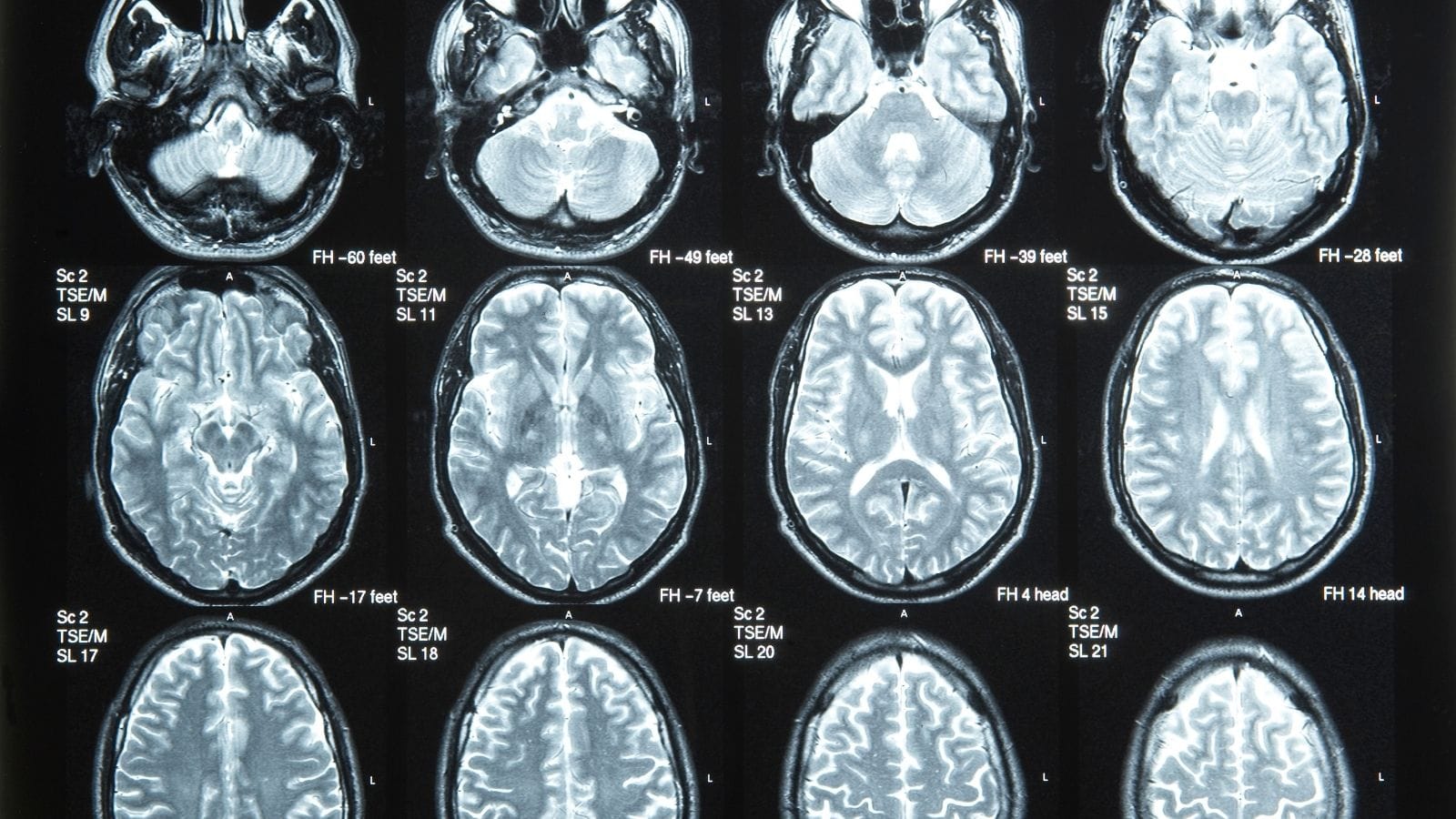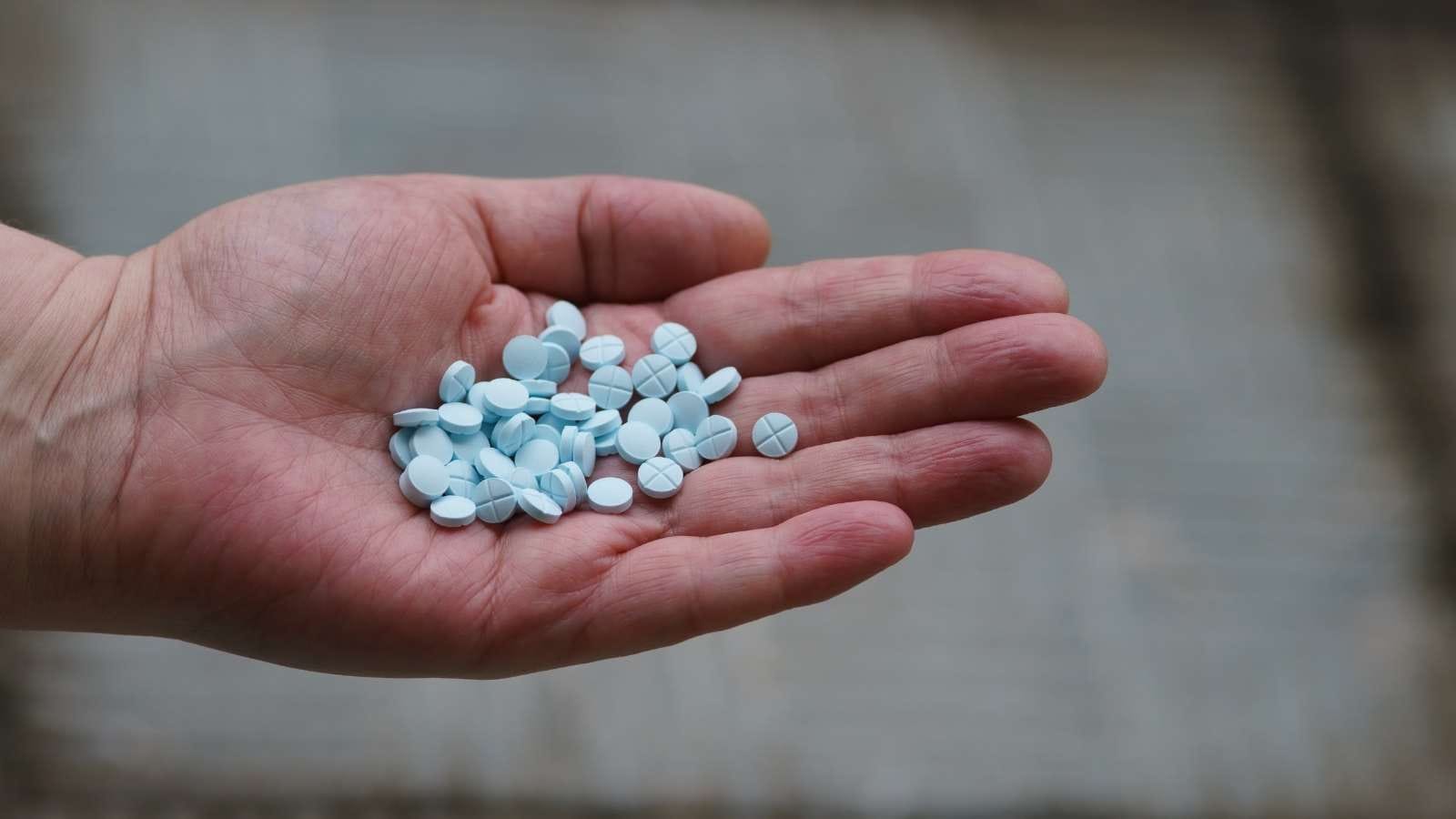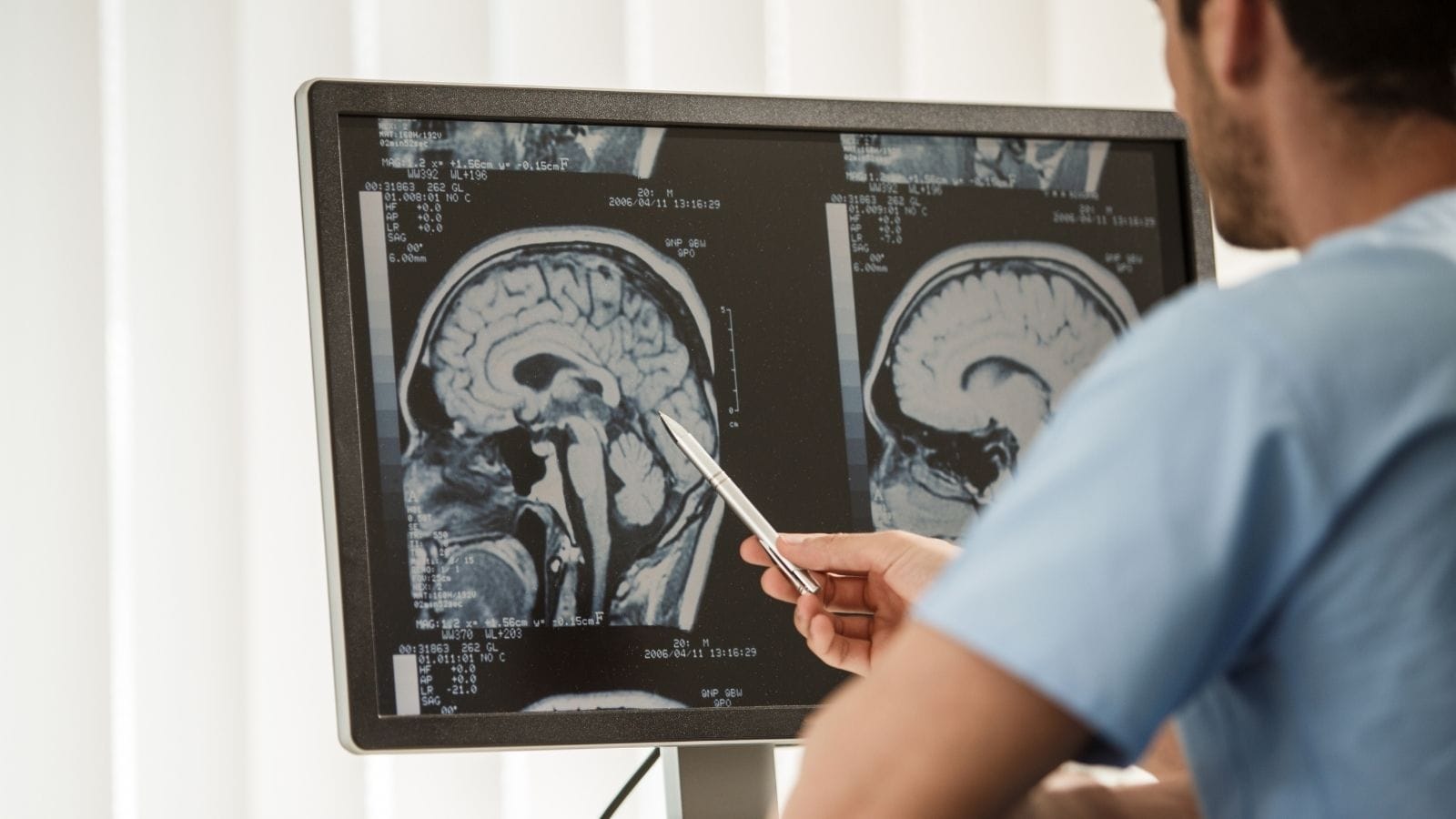Fibrinogen is a plasma protein essential for blood clotting. It converts into fibrin during the coagulation process, helping to stop bleeding and stabilize clots.
High fibrinogen levels are often associated with inflammation, infection, cardiovascular disease, and pregnancy. They may increase the risk of thrombosis and cardiovascular events.
Low fibrinogen levels may result from liver disease, genetic disorders, or excessive consumption during severe bleeding. Such cases increase the risk of uncontrolled hemorrhage.
Measuring fibrinogen levels is an important diagnostic tool in coagulation studies. It provides insights into bleeding disorders, cardiovascular risks, and inflammatory conditions.
| Definition | – Fibrinogen is a protein produced by the liver and plays a critical role in blood clotting. During the coagulation process, fibrinogen is converted by thrombin into fibrin strands, stopping bleeding. |
| Normal Values | – Adults: 200–400 mg/dL – Children: 125–300 mg/dL (may vary by laboratory). |
| Functions | – It is a fundamental part of blood coagulation. – Forms fibrin strands to stabilize the clot during bleeding. – Plays a role in the wound healing process. |
| Causes of Increase | – Infections – Inflammation (e.g., rheumatoid arthritis, systemic lupus erythematosus) – Post-trauma or surgery – Pregnancy – Smoking – Liver diseases – Cancer (especially malignancies) |
| Causes of Decrease | – Liver failure – DIC (Disseminated Intravascular Coagulation) – Congenital fibrinogen deficiency (hypofibrinogenemia or afibrinogenemia) – Excessive blood loss – Vitamin K deficiency – Certain medications (e.g., thrombolytic therapies) |
| Diagnosis and Tests | – Fibrinogen level is measured with a blood test. – Other tests to assess clotting time: PT, aPTT, D-dimer. |
| Treatment Methods | High Fibrinogen: – Treat the underlying cause (e.g., infection control). – Lifestyle changes (quitting smoking, healthy diet).Low Fibrinogen: – Fibrinogen concentrate or fresh frozen plasma (FFP). – Treatment of the underlying disease (e.g., liver disease). |
| Clinical Significance | – Changes in fibrinogen levels can cause problems with bleeding or clotting tendency. – Considered a risk factor for cardiovascular diseases (high fibrinogen level). |
| Associated Diseases | – Thromboembolic diseases (e.g., deep vein thrombosis, pulmonary embolism) – Disseminated Intravascular Coagulation (DIC) – Hypofibrinogenemia or afibrinogenemia – Liver diseases – Chronic inflammatory conditions |

Prof. Dr. Özgür KILIÇKESMEZ
Interventional Radiology / Interventional Neuroradiology
Prof. Dr. Kılıçkesmez holds the Turkish Radiology Competency Certificate, the Turkish Interventional Radiology Competency Certificate, Stroke Treatment Certification, and the European Board of Interventional Radiology (EBIR). In his academic career, he won the Siemens Radiology First Prize in 2008.
What Is Fibrinogen?
Fibrinogen is a major glycoprotein synthesized in the liver, present in blood plasma at a concentration of about 1.5–3.5 g/L. It plays a vital role in the coagulation mechanism; during bleeding, it is converted from its soluble form to insoluble fibrin fibers, forming the main structure of the blood clot. The fibrinogen molecule consists of three polypeptide chains (Aα, Bβ, and γ), which allow it to play a major role in the coagulation process. The discovery of its molecular structure in the mid-20th century enabled a detailed understanding of its function in hemostasis, highlighting its critical role in bleeding control. As a key building block in blood clotting and maintaining vascular integrity, fibrinogen is also essential in wound healing and tissue repair.
What Affects Fibrinogen Levels?
Fibrinogen acts as a buffer against bleeding in the blood coagulation process and can increase or decrease due to various conditions. Changes in fibrinogen levels may result from different body response mechanisms and may pose various health risks.
Causes of High Fibrinogen:
- Acute and chronic inflammation
- Pregnancy
- Smoking
- Oral contraceptives
- Obesity
- Genetic factors
Causes of Low Fibrinogen:
- Liver diseases
- Disseminated Intravascular Coagulation (DIC)
- Genetic disorders
- Afibrinogenemia
- Hypofibrinogenemia
- Dysfibrinogenemia
- Fibrinogen storage disease
- Medications
- Nutritional deficiencies
Monitoring fibrinogen levels is especially important for evaluating cardiovascular health and bleeding risks. Maintaining fibrinogen at normal levels is a supportive factor for a healthy life.
Fibrinogen levels may also vary by demographic factors such as age, gender, and ethnicity:
- Age: Fibrinogen increases with age, rising by about 0.1–0.2 g/L every decade.
- Gender: Levels are higher in women, especially after menopause due to hormonal changes.
- Ethnicity: For example, levels may differ between Black and White individuals.
These demographic differences affect cardiovascular risk and shape each individual’s fibrinogen level through a combination of genetic and environmental factors.
How Is Fibrinogen Produced?
Fibrinogen is a key glycoprotein in blood clotting and is produced by hepatocytes. Its complex production process goes through several stages to result in a functional fibrinogen molecule. The three polypeptide chains (Aα, Bβ, and γ), encoded by FGA, FGB, and FGG genes on chromosome 4, are transcribed and translated, producing mRNAs. Prepro-polypeptides with signal peptides are synthesized and transported to the endoplasmic reticulum.
During processing in the endoplasmic reticulum, signal peptides are removed, and the molecule is folded into the correct structure with the help of chaperone proteins. Critical disulfide bonds are formed, and the following dimer and trimer structures are assembled:
- Aα-γ
- Bβ-γ
- Aα-Bβ-γ trimers
These structures combine to form the complete fibrinogen molecule (AαBβγ)_2. In the Golgi apparatus, the molecule undergoes modifications such as:
- Glycosylation
- Phosphorylation
- Sulfation
Especially N-glycosylation on the Bβ and γ chains regulates interactions with other molecules. Once all processes are complete, fibrinogen is packaged into secretory vesicles and transported to the plasma membrane for release into the bloodstream. Circulating at levels of 150–400 mg/dL, fibrinogen has a half-life of around four days and is kept ready for clotting.
What Are the Symptoms of Fibrinogen Abnormalities?
Fibrinogen deficiency can cause various bleeding and clotting disorders. Symptoms depend on the severity of the deficiency and may present differently in individuals. Bleeding symptoms are especially notable in newborns and women. Thrombotic symptoms appear as venous or arterial blockages. Reproductive complications and rarely neurological issues may also be seen.
Bleeding Symptoms:
- Umbilical cord bleeding
- Nosebleeds
- Gum bleeding
- Gastrointestinal bleeding
- Easy bruising
- Muscle and joint bleeding
- Heavy menstrual bleeding
- Excessive postpartum bleeding
- Delayed wound healing
Thrombotic Symptoms:
- Venous blockages
- Arterial blockages
Reproductive Complications:
- Recurrent miscarriages
Neurological Complications:
- Brain hemorrhage
The severity and frequency of these symptoms vary according to the type and degree of fibrinogen abnormality. An individualized approach and regular monitoring are important for early detection and management.
How Are Fibrinogen Disorders Diagnosed?
Diagnosis of fibrinogen disorders involves both clinical assessment and various laboratory tests. These tests help measure the quantity and function of fibrinogen and determine the underlying disease.
Coagulation Screening Tests:
- Prothrombin Time (PT)
- Activated Partial Thromboplastin Time (aPTT)
- Thrombin Time (TT)
- Reptilase Time (RT)
These tests assess blood clotting times and fibrinogen’s ability to convert to fibrin. Low levels or dysfunction can be inferred from prolonged clotting times.
Tests to Measure Fibrinogen Amount:
- Functional Test (Clauss Method)
- Immunological Test
The functional test directly measures clotting function, while the immunological test measures total fibrinogen. Discrepancy between the two may indicate qualitative issues such as dysfibrinogenemia.
Genetic Tests:
- FGA
- FGB
- FGG
Genetic analyses can detect inherited fibrinogen disorders and reveal congenital mutations.
Additional Laboratory Evaluations:
- Complete Blood Count (CBC)
- Fibrinogen Activity and Antigen Tests
These tests evaluate overall blood health and help rule out other bleeding problems.
How Is Fibrinogen Treated?
When fibrinogen levels are low or insufficient, various treatments are used to reduce the risk of bleeding and stabilize the condition. These treatment approaches are tailored to the patient’s clinical needs.
Main replacement therapy options:
- Cryoprecipitate
- Fibrinogen concentrates
Cryoprecipitate is a natural source used in fibrinogen deficiency and also contains factor VIII, von Willebrand factor, and factor XIII. It is fast-acting and especially preferred in emergencies. Fibrinogen concentrates provide a standardized dose, safely increasing clotting capacity while minimizing the risk of volume overload and transfusion complications. These features make them a first-line option in surgical and traumatic bleeding.
Rapid and accurate measurement of fibrinogen levels enhances treatment effectiveness. Devices such as thromboelastography help assess clot strength and determine the need for fibrinogen supplementation.
Special treatment plans are required for dysfibrinogenemia or structural/function disorders of fibrinogen, managing both bleeding and thrombosis risk.
For dysfibrinogenemia:
- In bleeding: Fibrinogen concentrate or cryoprecipitate
- In thrombotic events: Anticoagulant therapy
In thrombosis, catheter-directed thrombolysis (CDT) is used in cases such as acute limb ischemia to dissolve clots. Mechanical thrombectomy or pharmacomechanical thrombectomy may be used for DVT, and catheter-directed thrombolysis or mechanical thrombectomy for pulmonary embolism.
Personalized management is important in venous thromboembolism (VTE). According to American Society of Hematology guidelines, direct oral anticoagulants are first-line therapy, and thrombolytics are only used in hemodynamically unstable PE patients.
What Are the Complications of Fibrinogen?
High fibrinogen is an important risk factor for serious health problems such as cardiovascular disease. Increased fibrinogen can result from smoking, hypertension, high cholesterol, diabetes, a sedentary lifestyle, alcohol use, age, gender, genetics, and inflammatory conditions:
- Smoking
- High blood pressure
- High cholesterol
- Diabetes
- Obesity
- Sedentary lifestyle
- Excessive alcohol consumption
- Older age
- Postmenopausal hormonal changes
- Genetic predisposition
- Chronic inflammation and infections
- Hormone replacement therapy
- Low socioeconomic status
- Psychosocial stress
These factors can increase blood viscosity and the risk of vascular occlusion. Excessive fibrinogen especially increases the risk of atherosclerosis, clot formation, and heart attack. Fibrinogen levels, which increase naturally with age, are particularly important for the prevention of age-related cardiovascular diseases.
Managing high fibrinogen involves reducing smoking and alcohol use, regular exercise, and developing healthy eating habits. Controlling health problems like hypertension, cholesterol, and diabetes helps balance fibrinogen levels. Considering genetic factors and regular health check-ups to monitor fibrinogen are effective preventive measures for cardiovascular health.
When Can Fibrinogen Be Treated?
Fibrinogen deficiencies are categorized according to whether they are congenital or acquired, and treatment may be required in each case.
Main situations requiring treatment:
- Afibrinogenemia
- Hypofibrinogenemia
- Dysfibrinogenemia
- Massive hemorrhage
- Disseminated intravascular coagulation (DIC)
- Cardiac surgery
- Liver transplantation
- Postpartum hemorrhage (PPH)
- Severe trauma
- Critical pediatric patients
In congenital deficiencies such as afibrinogenemia, the body cannot produce fibrinogen, leading to a serious risk of bleeding, so replacement therapy is essential. Fibrinogen levels can also drop in cases of trauma, surgery, or childbirth, and may require intervention. Replacement therapy is critical for effective management of bleeding, especially after childbirth or during cardiopulmonary bypass. The decision to start treatment is made with the patient’s clinical status, lab results, and guidelines, always prioritizing patient safety.
What Is the Recovery Process for Fibrinogen Deficiencies?
The recovery process after treating fibrinogen deficiency requires careful monitoring and follow-up. During the postoperative period, it is important to control bleeding and prevent complications. Fibrinogen supplementation may involve cryoprecipitate, fresh frozen plasma (FFP), or fibrinogen concentrates, chosen according to the specific case.
Fibrinogen Supplementation Methods:
- Cryoprecipitate
- Fresh Frozen Plasma (FFP)
- Fibrinogen Concentrates
Postoperative monitoring of fibrinogen levels is done alongside a review of clotting parameters. Real-time tests such as thromboelastography are used to assess clot stability. The dose is adjusted based on patient needs and bleeding risk; fibrinogen concentrates may be preferred for precise dosing. Monitoring for complications such as thrombosis and allergic reactions is crucial, especially in patients prone to thrombotic events. Well-managed fibrinogen therapy can reduce transfusion needs and support recovery.
How Can High Fibrinogen Be Prevented?
Because high fibrinogen poses serious health risks, it is important to keep levels under control. Several approaches and lifestyle adjustments are available:
Pharmacological Methods:
- Small Interfering RNA (siRNA) Therapy: siFga nanoparticles for dose-adjusted lowering
- Fibrinolytic Enzymes: Enzymes such as nattokinase and lumbrokinase that break down fibrin
Lifestyle and Dietary Modifications:
- Dietary adjustments: Omega-3 fatty acids, fiber, antioxidant-rich foods
- Regular physical activity: Especially aerobic exercise
- Smoking cessation
Medical Interventions:
- Plasmapheresis: To rapidly reduce high fibrinogen
Monitoring and Management:
- Regular screening: Periodic checks in high-risk individuals
- Management of underlying conditions: Treating diabetes, obesity, hypertension, etc.
These methods can be tailored to individual needs to safely lower fibrinogen levels. Lifestyle changes provide lasting improvement, while pharmacological and medical interventions may offer short-term solutions.
Frequently Asked Questions
What is the role of fibrinogen in the body?
Fibrinogen is a glycoprotein produced by the liver that plays a crucial role in blood clotting and wound healing. In case of vascular injury, thrombin converts fibrinogen into fibrin, creating a network that stabilizes blood clots and prevents excessive bleeding. Fibrinogen also interacts with immune cells in inflammatory processes and plays a role in various inflammatory diseases. Additionally, it supports tissue repair and regeneration by promoting cell adhesion and proliferation. High fibrinogen increases the risk of thrombosis and atherosclerosis, elevating cardiovascular risk. Fibrinogen has multiple functions from maintaining vascular integrity to regulating immune responses and supporting tissue healing.
What health problems can high fibrinogen cause?
High fibrinogen levels increase the risk of cardiovascular diseases, especially coronary heart disease and stroke. Each 1 g/L increase in plasma fibrinogen is associated with approximately doubling the risk of these conditions. High fibrinogen can also cause thrombotic events such as deep vein thrombosis and pulmonary embolism. It raises blood viscosity and inflammation, contributing to hypertension and atherosclerosis.
How can high fibrinogen be reduced?
Regular physical activity, maintaining a healthy weight, and quitting smoking are effective ways to lower high fibrinogen. A diet rich in fruits, vegetables, whole grains, and healthy fats such as the Mediterranean diet can be beneficial. Omega-3 fatty acids, especially from fish oil, may help lower fibrinogen. Stress management is also important as stress can increase fibrinogen. Supplements of folic acid, vitamin B6, and B12 have been associated with lower fibrinogen levels in some cases. However, a healthcare professional should be consulted before making significant lifestyle changes or starting supplements.
What tests are performed for high fibrinogen?
A fibrinogen activity test is typically performed to evaluate high fibrinogen levels. This test measures how quickly a fibrin clot forms after adding thrombin to plasma. The fibrinogen antigen test measures total fibrinogen using specific antibodies. These tests are used in diagnosing DIC, liver disease, and congenital fibrinogen disorders. High fibrinogen may indicate increased inflammation, tissue damage, or cardiovascular risk.
Are lifestyle changes effective in treating high fibrinogen?
Intensive lifestyle changes such as dietary modifications, increased physical activity, and quitting smoking have been found effective in reducing cardiovascular risk factors such as blood pressure, cholesterol, and body mass index. However, their effect on plasma fibrinogen levels is limited. In a randomized clinical trial of 436 patients, these interventions improved cardiovascular risk factors but did not significantly reduce plasma fibrinogen. This suggests that while lifestyle changes benefit overall cardiovascular health, they may not directly lower fibrinogen concentrations.

Girişimsel Radyoloji ve Nöroradyoloji Uzmanı Prof. Dr. Özgür Kılıçkesmez, 1997 yılında Cerrahpaşa Tıp Fakültesi’nden mezun oldu. Uzmanlık eğitimini İstanbul Eğitim ve Araştırma Hastanesi’nde tamamladı. Londra’da girişimsel radyoloji ve onkoloji alanında eğitim aldı. İstanbul Çam ve Sakura Şehir Hastanesi’nde girişimsel radyoloji bölümünü kurdu ve 2020 yılında profesör oldu. Çok sayıda uluslararası ödül ve sertifikaya sahip olan Kılıçkesmez’in 150’den fazla bilimsel yayını bulunmakta ve 1500’den fazla atıf almıştır. Halen Medicana Ataköy Hastanesi’nde görev yapmaktadır.









Vaka Örnekleri